WAR STORIES
Flying Ace of the Karoo
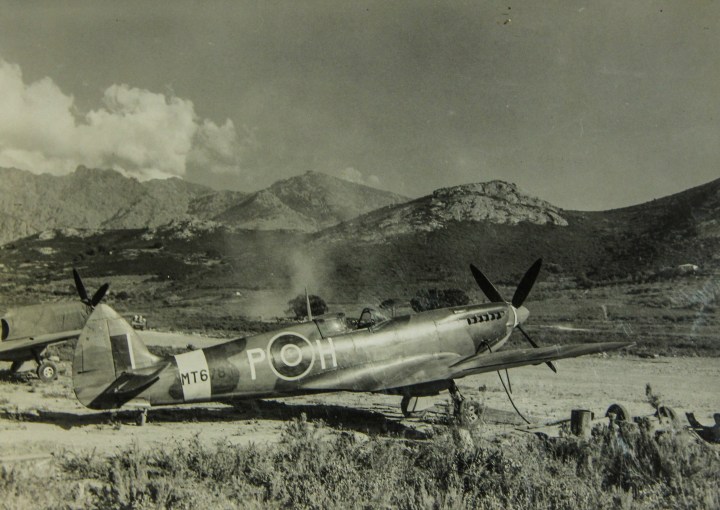
One of the greatest fighter pilots of World War 2 was a son of the Karoo. His story reads like a Shakespeare battle tragedy, replete with glory, loss and splendid isolation.
I’m sitting on a long stoep swirling Cremora into coffee, savouring the pre-dawn inky-blue blackness of the big sky, in the gritty nub of the Hard Man’s Karoo.
It’s a symphony of quiet but when you listen, really listen, you can break it up into little sound parts: there’s the percussive tonk-tonk of the wind pump on the farmstead, bottom-noted by the rustle of the early winter wind through the poplar trees on the nearby water course. A hidden lark on its morning breakfast run provides a high, sweet whistle solo. For the rest, silence rules.
Contrails in a clear Karoo sky
Here, literally in the middle of a stony nowhere, I see traces of jet planes in the sky, first a contrail streak then another one, and then a third. The Johannesburg-Cape Town air run is picking up. It’s blissful to be a distant bystander anchored in the Karoo, surrounded by bossies and rocks and little critters that lurk and hunt. And, of course, sheep. Never forget the sheep.
This, I reckon, is probably how the Karoo’s greatest aerial ace, its finest warrior-export, must have felt not that long ago as he sat right here drinking coffee, gazing up at the heavens which were once his battleground.
On the bench nearby lies a thick folder of cuttings, print-outs and general papers detailing, from all manner of sources, the life and times of one Khaki Hugo. Or, if you’re looking at him from a British standpoint, Dutch Hugo.
I am staying on Canariesfontein Guest Farm in the Carnarvon-Loxton area of the Northern Cape. This is where Petrus Hendrik Hugo, who went across “the pond” to Britain to fight for the Allies in World War 2 and became one of their top fighter pilots, spent the last period of his vivid, textured life.
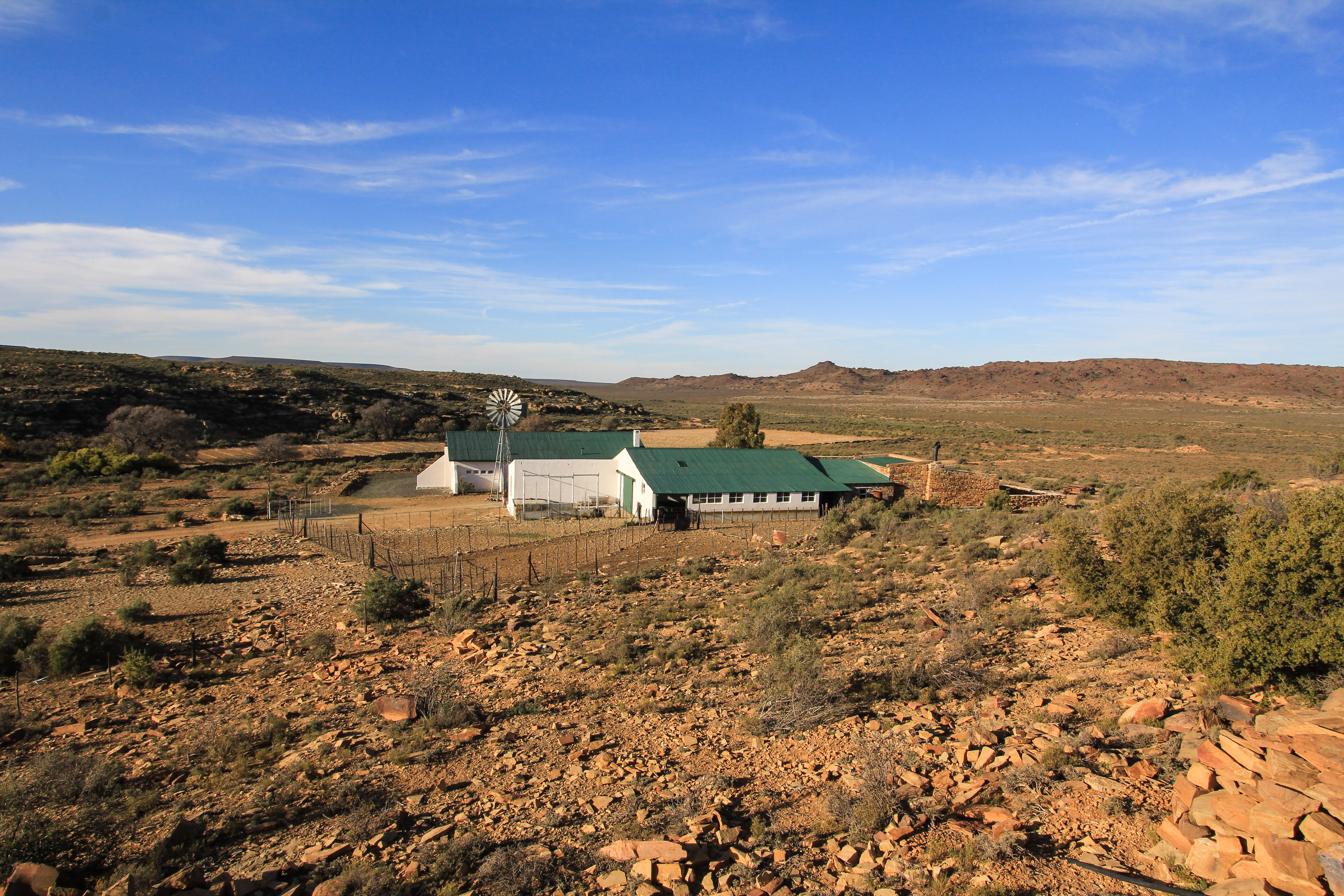
The farmstead at Canariesfontein, with its well-maintained wind pump – in true Hugo tradition. Image: Chris Marais
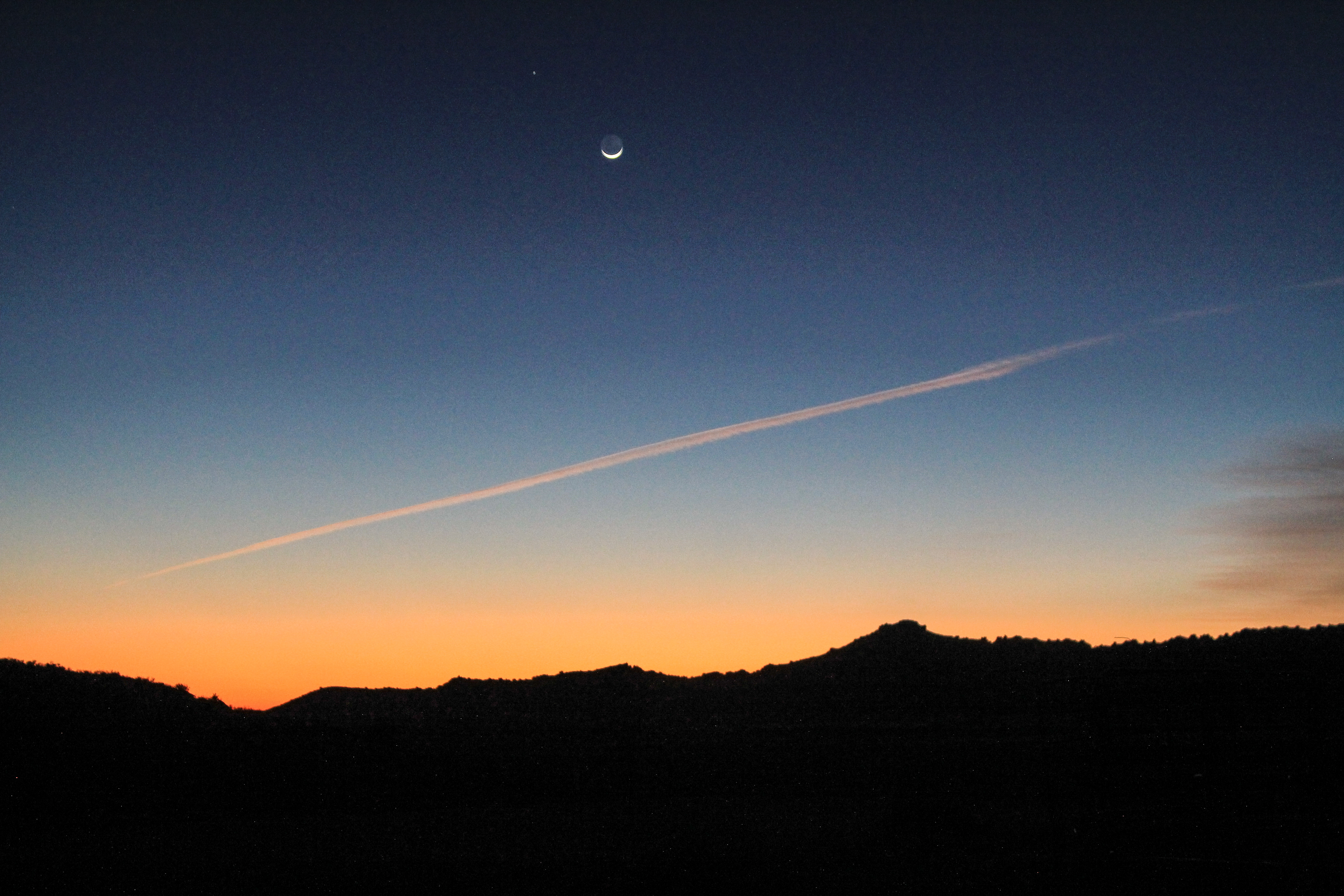
Would Khaki Hugo have stared up at similar contrails in the sky and yearned to be up there again? Image: Chris Marais
A top fighter pilot
In an interview given many decades ago, he recalls:
“My first squadron was No. 615, AAF, and I stayed with them from 16 December 1939 to 26 November 1941. Winston Churchill was our Honorary Air Commodore and he came to see us at our base in France, Vitry-en-Artois, and later, regularly, at Kenley and Manston.
“Initially we flew Gloster Gladiators but in early May 1940 received Hurricanes.
“A great friend of mine, Bill Fowler, and I rebuilt a derelict, abandoned Morane 138E Parasol Monoplane with a Gnome Rhone rotary engine. We had a lot of fun giving attractive French girls joy rides off the beach at Wissant. Sadly, we had to abandon it when we evacuated France.”
He’s referring to the hasty mass exodus of Allied forces, 224,585 British and 112,546 French and Belgian troops, from the beach at Dunkirk a scant six weeks later. While German fighter planes bombed and strafed the men on the sand, almost anything that could float came across the English Channel to rescue them.
Then Paris fell, France capitulated and the Battle of Britain was on. Again, Dutch Hugo was in the thick of it.
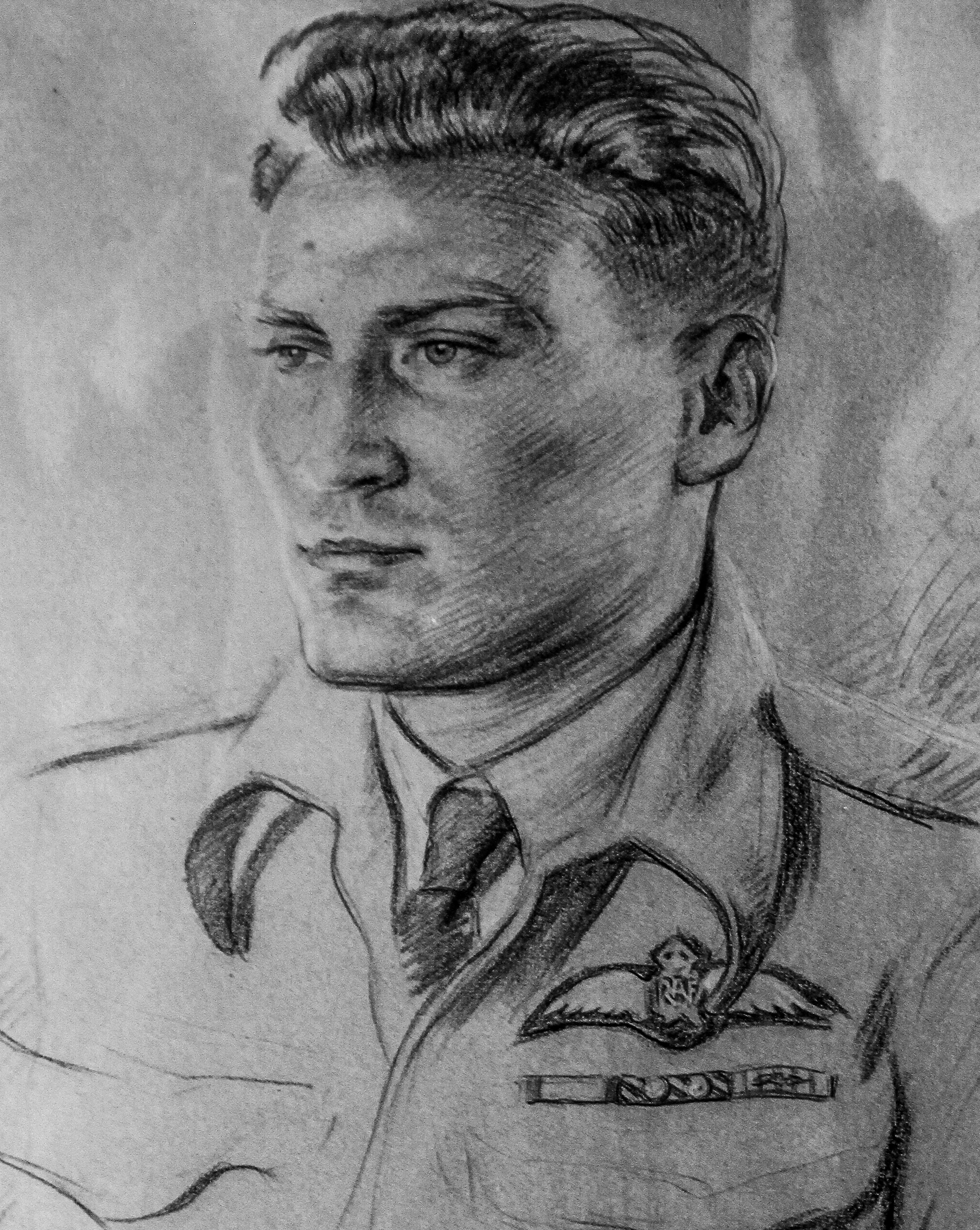
Group Captain Petrus (Dutch or Khaki) Hugo, in a portrait sketch on display at the Victoria West Museum. Image: Supplied by Chris Marais
A battle diary
One of his combat reports after downing a Messerschmitt 109, dated 27 July 1940, states:
“Dense smoke and liquid poured from the German pilot’s machine. Although my engine stopped I dived after him. Fortunately my engine restarted. The pilot pulled out of his dive at about 6,000 feet and then started to dive again. I was hot on his tail and at about 3,000 feet opened fire. He continued to dive and landed in the water. Within a minute the aircraft had sunk, and I saw the pilot swimming about in the middle of a big patch of air bubbles which had been caused by the sinking of his machine. I sent back a message asking for a launch to be sent out to the German airman’s rescue and gave his position. I then flew to base.”
Just about everything in this file I’ve collected over time reads like it comes from a stirring adventure novel, something Wilbur Smith would feast on for new book material. Or a documovie with lots of actual World War 2 file footage, of the Battle of Britain in particular.
Imagine being a 24-year-old Karoo boy in the thick of war, with 22 aerial kills under your belt. Each of those kills means you potentially stopped a German airplane from destroying British life and property. Imagine the adrenalin rush after adrenalin rush of flying five battle sorties in one day, landing, cleaning up an old wound, reloading, refuelling, downing a quick cup of tea and taking off again, on the lookout for what the Boys’ Own comics used to call “The Hun”.
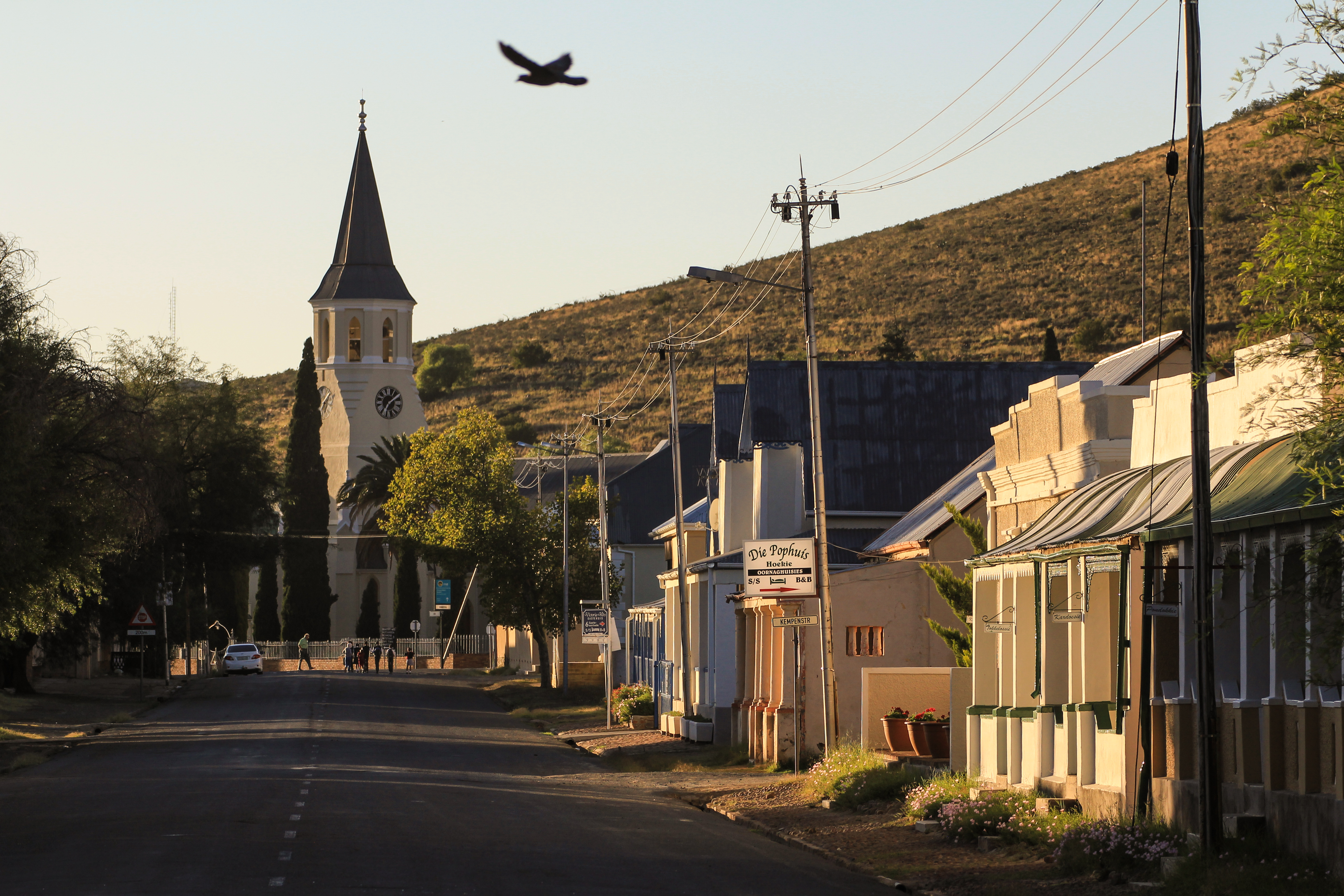
Modern-day Victoria West at dawn – not much different than it was a century ago. Image: Chris Marais
Petrus Hendrik Hugo was born on 20 December 1917, and grew up on Pampoenpoort Farm near Victoria West. Even as a boy hunting springbok in the semi-desert of the Northern Cape, he showed great promise as a deadly shot. He loved to tinker with machines and harboured aerial ambitions. Being a fighter pilot was an apex aspiration for a young man looking for adventure.
Read in Daily Maverick: “Victoria West – a Karoo village on the Diamond Rush Route“
Europe was bubbling with Nazi madness and war was imminent. Hugo studied aeronautical engineering in Johannesburg and then, in 1938, went to Britain for Royal Air Force training. His instructors said he was “an exceptional pilot, an excellent marksman and suitable for posting to a fighter squadron”.
And even though Peter Hugo was nicknamed “Khaki” back home (either for choosing to train in Britain or for his sun-reddened complexion which, friends said, gave him the look of an Englishman), over in the UK they called him “Dutch” because of his clear South African accent.
It is not known what his doomed German foes called him in the heat of battle. Probably some expletive with the word “Englander” attached to it.
Home town buys him a Spitfire
The sun is starting to warm up the stoep and I’m on my second cup of coffee, completely lost in what I always called Dad’s War – because my late father was a navigator on a bomber in North Africa, shot down and locked up in an Italian POW camp for a while.
I pick up an interesting snippet about Group Captain Hugo’s home connection from Eric Rosenthal’s slim but priceless town book called One Hundred Years of Victoria West.
Back in those WW2 days, the people of Victoria West established a Petrus Hugo Spitfire Fund and raised 4,000 pounds towards an aircraft for their local hero, which was then dubbed “Karroo”.
Unfortunately, Hugo was later shot down over the English Channel. He was rescued and soon back in the thick of things. However, there is a Spitfire called “Karroo” lying somewhere on the seabed off Dover.
His eventual medal tally tells much of his war story:
The triple-barred DFC, 1939-1945 Star (with Battle of Britain Bar), Air Crew Europe Star (with France and Germany Bar), Africa Star (with North Africa 1942-43 Bar), Italy Star, Defence and War Medals, American Distinguished Flying Cross and French Republic Croix de Guerre 1939-45.
I don’t know if other warriors have ever been awarded such medals by three countries – there can’t be that many. These medals, along with several pieces of shrapnel and a German bullet removed from Hugo himself, were auctioned off in London for 125,000 pounds in 2010. After WW2 a grateful British government named Hugo Gardens in the London borough of Havering after him.
Sorrow in Tanzania
Group Captain Hugo was also awarded a farm in Tanganyika (later Tanzania), on the western slopes of Mount Kilimanjaro. This is where he and his wife Angela and their three daughters lived for two decades.
But 1971 was a sorrow-filled year for the flier-turned-farmer. First, his beloved Angela died. Then in September Petrus Hugo and his three children were summarily evicted from the farm by the new government – they were given two weeks to pack up and leave. The Hugo clan sailed from Mombasa to Durban and then returned to his family in the Karoo. One of his prized possessions, a Cessna 182, had to be smuggled out of the country by a friend.
And so, for the better part of 15 years, the celebrated warrior came to live and farm at Canariesfontein, here in the middle of this stony nowhere.
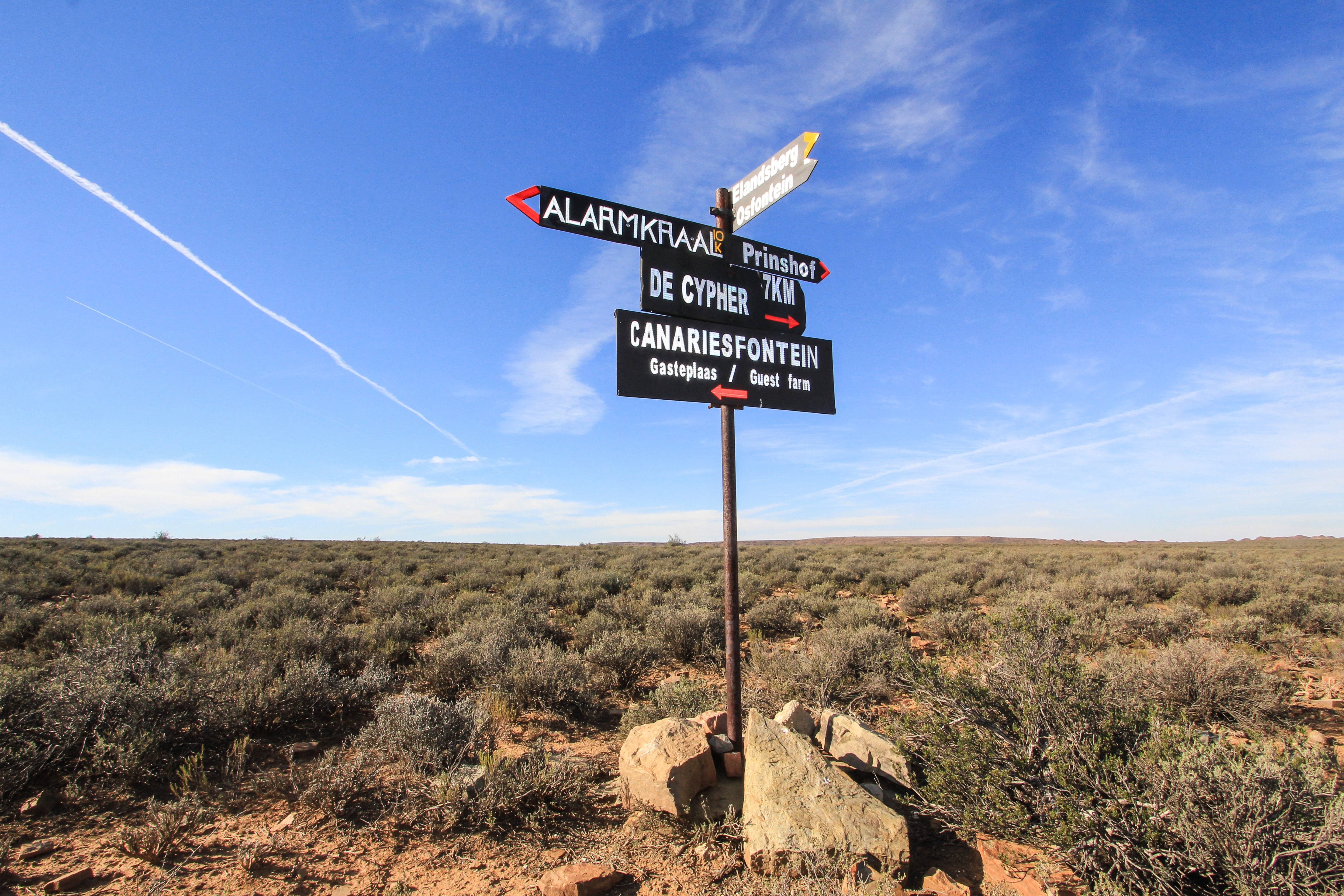
At the crossroads leading to many farms, one follows the sign to Canariesfontein. Image: Chris Marais
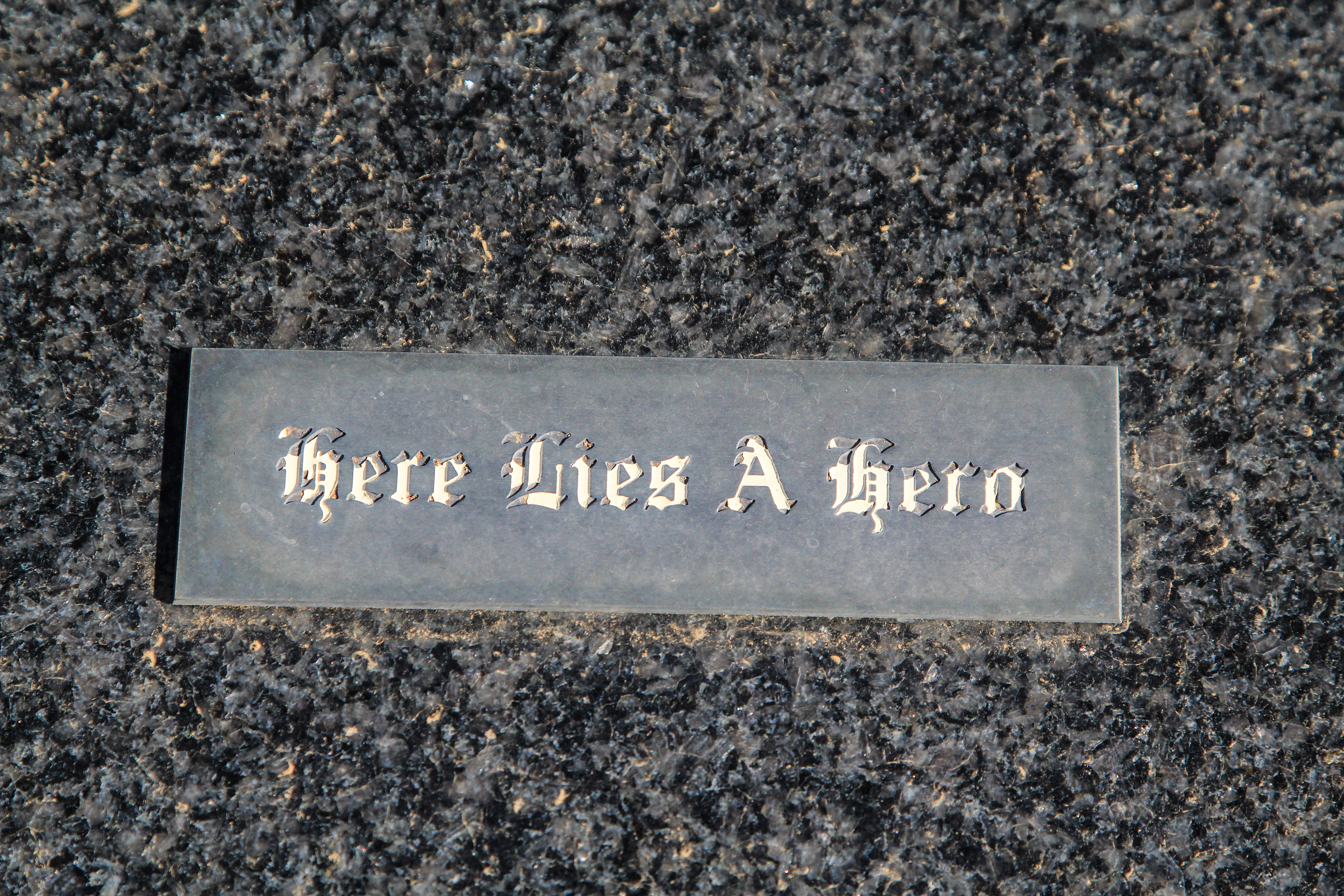
The simple inscription on Dutch Hugo’s gravestone says it all. Image: Chris Marais
A distant relative, Michael Muller, now owns the property and has turned it into a guest farm. He remembers visiting “Oom Khaki” as a boy on the odd occasion.
“I got the sense that Oom Khaki was less fascinated by sheep than he was by machinery,” he tells me. “He loved installing new wind pumps, and he repaired them all himself.”
Group Captain Hugo drove an old bakkie and lived “like a hermit” until his death in 1986. Later, I follow Muller’s directions to Bo-Pampoenpoort, Hugo’s childhood farm where he lies buried in the family graveyard.
The inscription on his flat gravestone simply reads:
“Here lies a hero.” And that’s all. But that’s enough. DM/ML
Canariesfontein Guest Farm:
Tel: 072 461 6937
Email: [email protected]
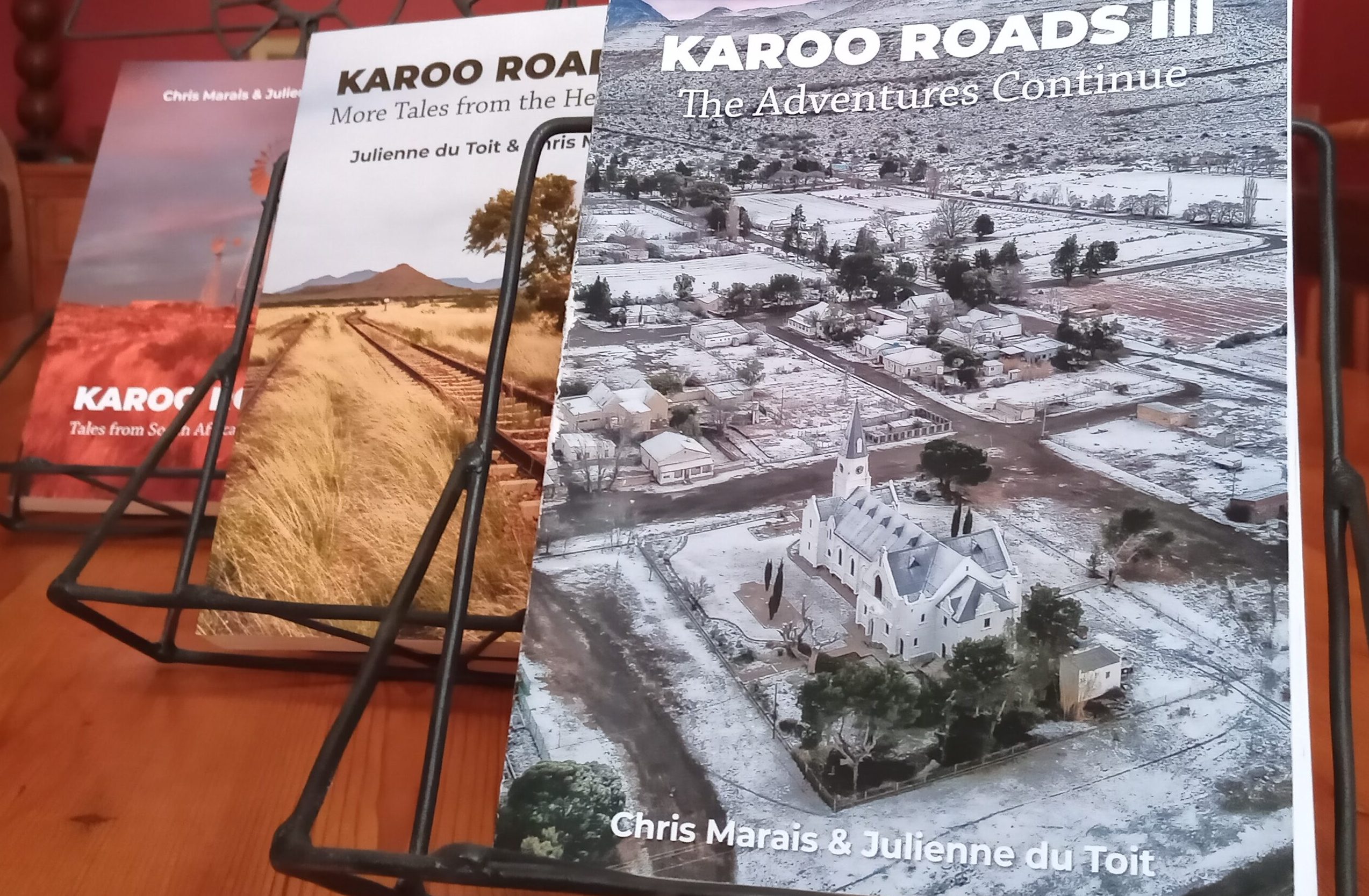
‘Karoo Roads’ Collection. Image: Chris Marais
This is an extract from Karoo Roads I – Tales from South Africa’s Heartland, by Chris Marais and Julienne du Toit.
For an insider’s view on life in the Dry Country, get the three-book special of Karoo Roads I, Karoo Roads II and Karoo Roads III for only R800, including courier costs in South Africa. For more details, contact Julie at [email protected]


















Wonderful story! I knew all about “Sailor” Malan and Pat Pattle, but had not heard before of “Khaki”. I don’t recall seeing anything about him at the war museum in Jhb.
Thanks for that lovely article. It is such a pity that the very real sacrifices of two generations of talented South Africans to the preservation of the world order that permitted the present order to come into being are now deliberately shunned or glossed over because they had the wrong skin colour – irrespective of their politics, which were contrary to the views that created apartheid. There were many, “Pat” Pattle, Percy Burton, “Jack” Frost, “Sailor” Malan, Edwin Swales VC and many lesser known who paid in the same coin – their blood.
THANKS ever so much for bringing this snippet of South Africa’s almost forgotten history to the fore, Chris Marais.
As David Bistow points out, over the years we have heard and read about Sailor Malan and Pat Pattle, but little about Khaki Hugo.
Khaki Hugo’s grave is another ‘must visit’ site on my retirement to-do list.
What a fantastic story, this is the first time I’ve heard of Khaki Hugo , and as an avid private pilot I have read much on Douglas Bader and Sailor Malan etc. and the heroic exploits of the Battle of Britain pilots, what an outstanding informative revelation.